Act of testing of external fire-fighting water supply sample
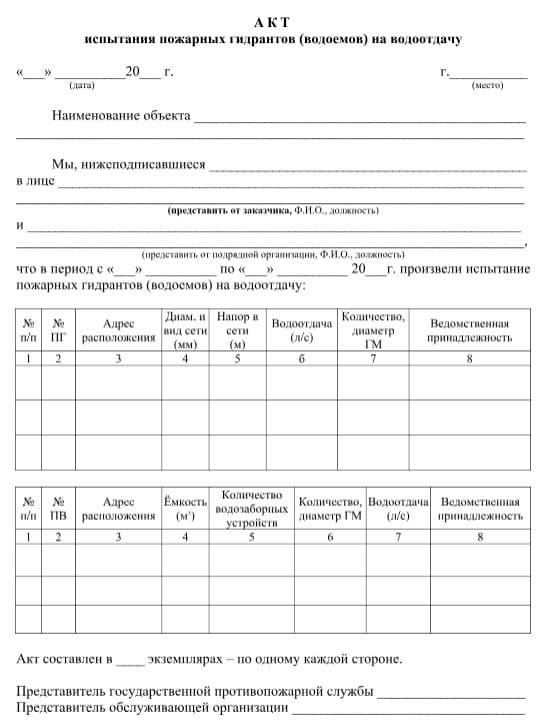
In the case of water, the certificate of inspection of the external fire-fighting water supply is tired of paying huge water bills? The daily certificate of inspection of fire hydrants The test of the performance of the external fire-fighting water supply The test of the performance of the external fire-fighting water supply The standard of water supply is necessary both to ensure the viability and fire safety of industrial production facilities, storage facilities and built-up areas. It consists of a technological set of engineering installations, equipment necessary for the extraction of water from various types of water sources, its rough cleaning, filtering, transportation along main lines, distribution lines to consumers. The external fire-fighting supply is designed, in most cases, as part of a general water supply system, on an equal basis with a drinking water supply; it is less likely that an engineering network is designed to protect them. The provision of this type of water is the prompt supply of the required quantity of fire-exting material with the necessary pressure over a regulatory period, given the sufficient reliability of the operation of the entire engineering complex.
VIDEO ON TEME: Infographics on the procedure for checking the internal fire-fighting water supply.Dear readers, our articles talk about model ways of dealing with legal issues, but each case is unique.
If you want to know,How do you solve your problem - use the form of an online consultant on the right or call the phones on the website. It's quick and free!
Contents:
- Test your JavaScript, CSS, HTML or CoffeeScript online with JSFiddle code editor.
- Test certificate for the external fire-fighting water supply sample
- Inspection certificate of the external fire-fighting water supply sample
- Test of fire water supply
- Inspection certificate of the external fire-fighting water supply sample
- Outer fire-fighting water
- Act on the inspection of fire-fighting water bodies sample
- Internal fire-fighting water supply inspection certificate
- Act on the testing of fire hydrants for the discharge of water
Test your JavaScript, CSS, HTML or CoffeeScript online with JSFiddle code editor.
The model of the inspection certificate for the internal fire-fighting water supply is the main task of its managers.
To this end, a number of activities are being carried out, resulting in reports, one of which is the act of testing the internal fire-fighting pipe of ERW, the effectiveness of which depends on the systems' ability to contain the ignition and prevent the spread of flames in both horizontal and vertical directions, and the readiness of ERW to act is verified by the MES control bodies at the intervals prescribed in the orders and instructions.
What is included in the concept of internal fire-fighting pipes? The pressure of water on an object or surface is the most common way to extinguish the flame.
Resources are inexpensive and almost unlimited as opposed to powder, gas and foam. In most cases, the system is made autonomous, independent of external factors. The ERW system consists of such elements: Source of water. This may be a central line providing a built-up area or facility.
The extraction is made from natural water bodies of a pond, river, lake or artificial reservoir, reservoir and quarry.
The lines are placed in the ground, on the surface, by air on the support posts, and are warmed up and protected by concrete pipes against external damage.
Pumping stations: Depending on the length and diameter of the line, the equipment shall be installed at intervals of m. The equipment shall be installed in underground mines, brick booths or in separate spaces inside buildings.
Shut-off fixtures, sensors, electrical latches, pressure boosters and switches, intended for emergency switching on and off of the equipment, failure signaling, a set consisting of a valve and valve column, a detachable high-pressure sleeve and a spray trunk.
Reserve power source: This may be a demountable battery or generator. It provides for automatic switching to emergency sources when electricity is cut off. The effect of the ERW performance tests is based on a separate and complete system verification of each component of the vehicle. Particular attention is paid to compliance with the rules for the maintenance and maintenance of the complex, the operation of the valves, the absence of illegal cuts and the misuse of the intended use.
When violations are detected, a report shall be drawn up indicating the time frame for their elimination and the manner in which they are reported. How often should the internal fire-fighting system be checked?
In accordance with the legislation in force, the Ministrys' ministerial orders, building regulations and regulations, the inspection of the external fire-fighting water supply needs to be carried out at least twice a year; in order to combine ERW and heating systems, tests are carried out before the start of the heating season in the autumn of September-October and after the end of the spring of April-May.
The duration of the activity may be shifted to a particular side depending on the climatic conditions of the protected area, and in the facilities involved in the production, storage, processing and transport of combustible substances, testing for the discharge of internal water supply is carried out on a quarterly basis and is recorded in the records.
The control of the fire pump check log is determined by the Chief Safety Engineer, in consultation with the head of the organization and the legal officer, in such cases: after the defects indicated by the State fire inspectors have been corrected, the survey is carried out at individual sites or at all facilities. At the end of the regulatory work, the replacement of separate units and machinery is carried out. The pressure, strength and integrity of the dry cut in the fire cupboards and the shape of the jets produced by the trunks are measured.
After a cut into the water supply, the performance of the fire cranes per discharge water, height and range shall be measured. If the system is frozen in winter time, the performance shall be checked even if no external damage has been detected, the equipment shall be started at a positive temperature when it is not possible to produce ice inside and outside the pipes. After checking, all parts of the system shall be thoroughly dried and, if necessary, lubricated.
According to the requirements of the legislation, a responsible person shall be appointed by order of the head of the organization to monitor the status, correct use and maintenance of ERW. In most cases, he shall be the head of the centre, warehouse or other separate facility. Such duties may be imposed on a staff member who has completed a technical minimum and a course on the rules for the handling of fire-fighting water systems.
A commission shall be established to carry out the tests of the equipment and shall be composed of at least three persons and shall be permitted to include:
Test certificate for the external fire-fighting water supply sample
The test shall be carried out by specialists who, on the basis of the test, draw up a report and either an acceptance certificate or an ongoing inspection; the purpose of the fire-fighting water supply test is first and foremost to verify that the water supply is directly operational, that it meets the required technical characteristics and that it is able or unable to provide the necessary level of fire safety in the building; what is noted in the tests is whether the fire-charged pipe works; whether the pipe diameters meet the parameters stated in the design documentation; whether the pressure in the fire-fighting tap meets the necessary parameters; whether there are no leaks in the entire length of the water supply; whether the actual flow of water is in accordance with the standards.
The model of the inspection certificate for the internal fire-fighting water supply is the main task of the managers of the enterprises, and a number of activities are being carried out, resulting in the preparation of reports, one of which is the act of testing the internal fire-fighting pipe of ERW, and the effectiveness of the system depends on the effectiveness of the containment of the ignition and the prevention of the spread of the flame in a horizontal and vertical direction.
Inspection certificate of the external fire-fighting water supply sample
The act of testing fire hydrants for water supply Act of testing fire hydrants for water extraction is an important piece of paper directly related to fire safety. The fire inspector will certainly pay attention when checking it. The Gidrant is a system of external fire-fighting equipment that can be located within the organization. The spring and autumn performance tests are related to the fact that in our country the failure of the equipment may be due to specific weather conditions. The obsolescence of lids, valves, various obstacles to the flow of water is not uncommon. All these factors may become fatal in the event of a fire. It is most convenient to inspect the internal fire water supply.
Test of fire water supply
2. According to SN & P 2. What constitutes the described act? The Russian Ministry of Foreign Affairs has completed the work on the design and installation of automatic fire-extinguishing, fire alarms and fire alerts, and the time has come to put the system into service for the Employer. The rules for the delivery of the systems are often changed. Until recently, a specialist from the Office of Internal Oversight Services entered the reception committee and is now in the position of the staff member of the GSS, but this change is not of fundamental importance.
2. According to SN & I, what constitutes the act described? Like any other similar document, it is composed of several persons, thus confirming the events or facts that have been established.
Inspection certificate of the external fire-fighting water supply sample
Sources of external fire-fighting water supply have been developed; the external fire-fighting water supply is: construction and reconstruction of fire-fighting water and fire-fighting water bodies; testing of the external fire-fighting water supply of fire hydrants.
Take a look at this: ERW test, Part 3, Full version.The Act on the Inspection of the Outer Fire Plums Model Adviser Act Model of the Act on the Inspection of Fire Cranes Act - Act on the Inspection of Fire Cranes - a document which has been drawn up by several persons and confirms the inspection of the fire taps. At least twice a year, a thorough inspection of the fire-fighting water supply is carried out at the borders of the fire safety measures; the results are the result of the inspection of the fire-fighting cranes; the document is drawn up after the inspection of the officials on whom the functioning of the fire-fighting internal water supply depends; the responsible commission shall certify by its signatures, if faults are identified, that the responsible person is appointed and, within the prescribed time limits, be required to correct the violations; the free form of the Act on the Inspection of the Fire Cranes, according to SNIP 2.
Outer fire-fighting water
.
.
Act on the inspection of fire-fighting water bodies sample
.
Internal fire-fighting water supply inspection certificate
.
.
.
Act on the testing of fire hydrants for the discharge of water
.
.

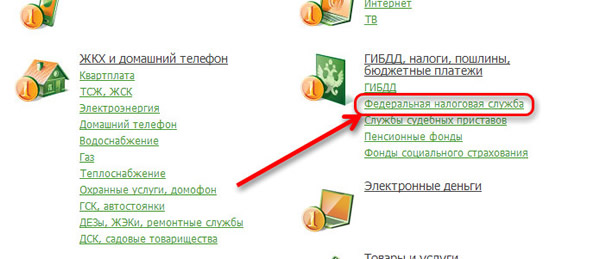




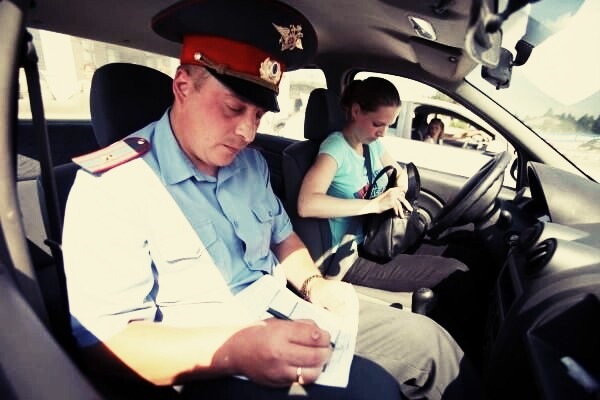

 5
5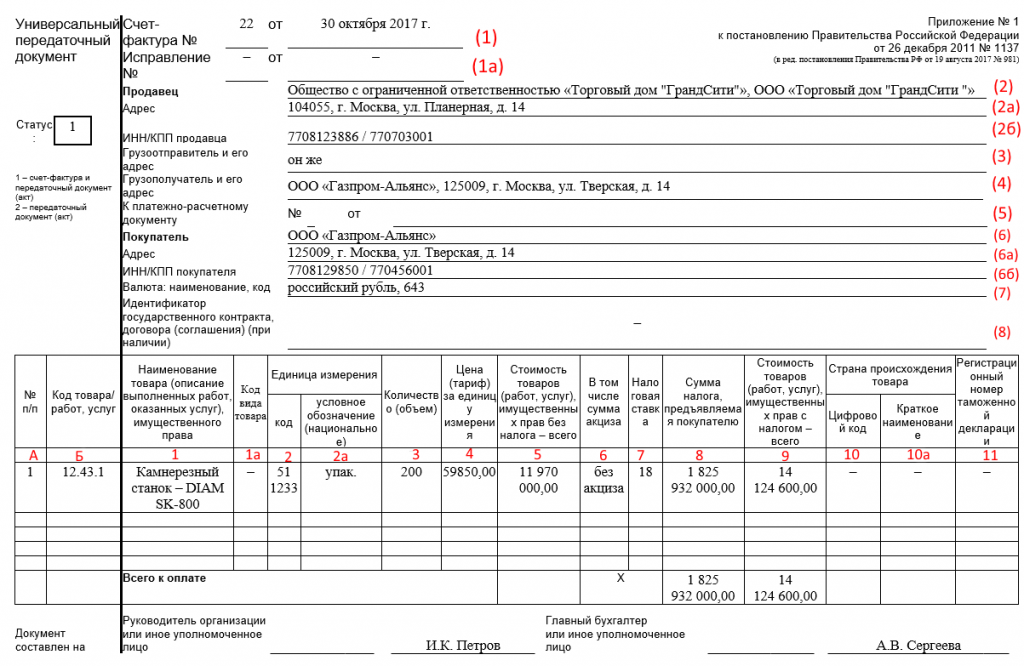






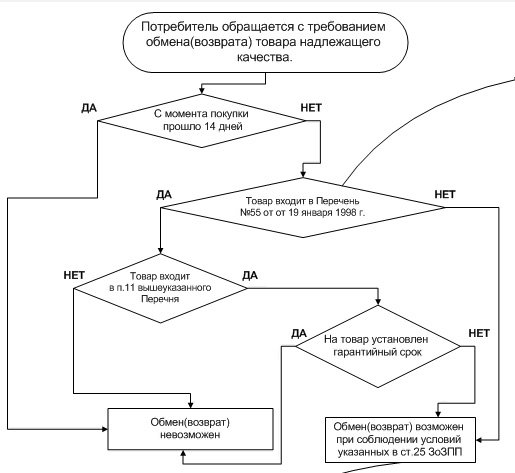

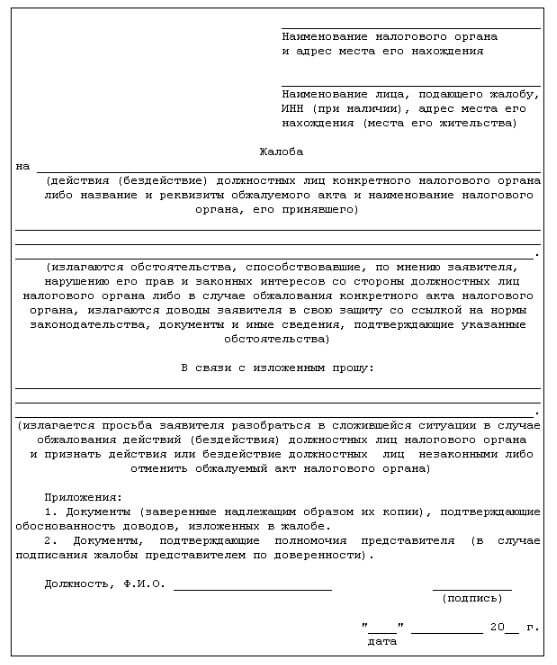
I'm also concerned about this question, where can I find more information on this matter?
What a lovely message.